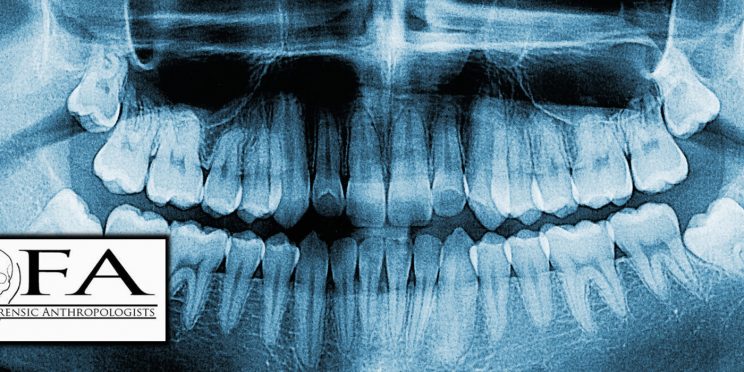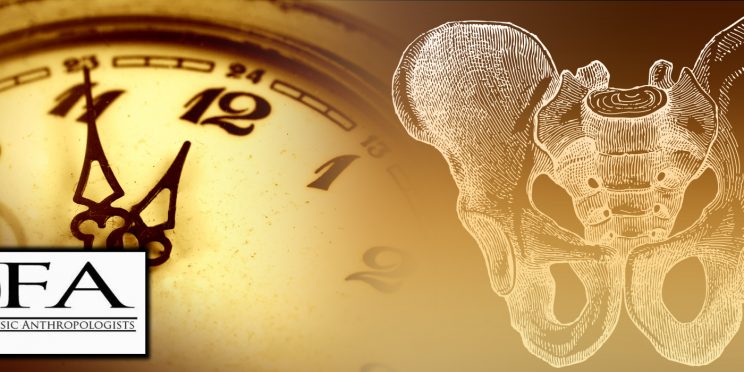Date
January 2022
Overview
Medical examiners and coroners (MECs) are often at the center of highly stressful and emotional situations as a part of their daily job duties. Those events are compounded by continued and escalating high caseloads and inadequate funding and access to other resources, but most critical is the severe shortage of forensic pathologists. Estimates indicate that there are currently only about 500 forensic pathologists across the country, but double that number are needed to serve all jurisdictions (Lucchesi 2021, Weedn and Menendez 2020). Though more recent data suggest that there are 890 pathologists performing autopsies, the number of full-time equivalent (FTE) autopsy pathologists, coroners, and other medical examiners employed by MEC agencies has notably increased by merely 5% between 2004 and 2018 (from 2,870 to 3,020; (Brooks 2021)). Furthermore, laboratory staff, including forensic analysts and toxicologists, indicated as FTE in MEC agencies accounted for less than 630 professionals nationally. These numbers, combined with higher numbers of consultants and on-call professionals, suggest that a good proportion of toxicology testing is outsourced (Brooks 2021). Moreover, the COVID-19 pandemic, increase in opioid-related deaths, and other emerging drug threats compound the challenges that MECs face. Evidence suggests that MECs are doing more work with fewer resources as their caseloads increase substantially. The National Institute of Justice’s Forensic Technology Center of Excellence (FTCOE), led by RTI International, partnered with West Virginia University’s Project FORESIGHT to examine the contexts as well as the costs and benefits of outsourcing among MEC agencies across the United States. This study involved a qualitative study—a literature review, focus group, and qualitative interviews—and a cost study to examine these issues. The qualitative study explored outsourcing related to a variety of disciplines, while the cost-benefit analysis focused on toxicology outsourcing. This report discusses the methodology, results, and key findings of this study.
- Lucchesi, Emilie L. 2021. "Autopsies on hold: Why we need more medical examiners." Discover Magazine.
- Weedn, Victor W, and M J Menendez. 2020. "Reclaiming the autopsy as the practice of medicine: A pathway to remediation of the forensic pathology workforce shortage?" Am J Forensic Med Pathol 41 (4):242-248. doi: 10.1097/PAF.0000000000000589.
- Brooks, Connor. 2021. Medical examiner and coroner offices, 2018. Washington, DC: U.S. Department of Justice, Office of Justice Programs, Bureau of Justice Statistics.
Funding for this Forensic Technology Center of Excellence report was provided by the National Institute of Justice, Office of Justice Programs, U.S. Department of Justice.
The opinions, findings, and conclusions or recommendations expressed in this report are those of the author(s) and do not necessarily reflect those of the U.S. Department of Justice.
Contact us at ForensicCOE@rti.org with any questions and subscribe to our newsletter for notifications.




